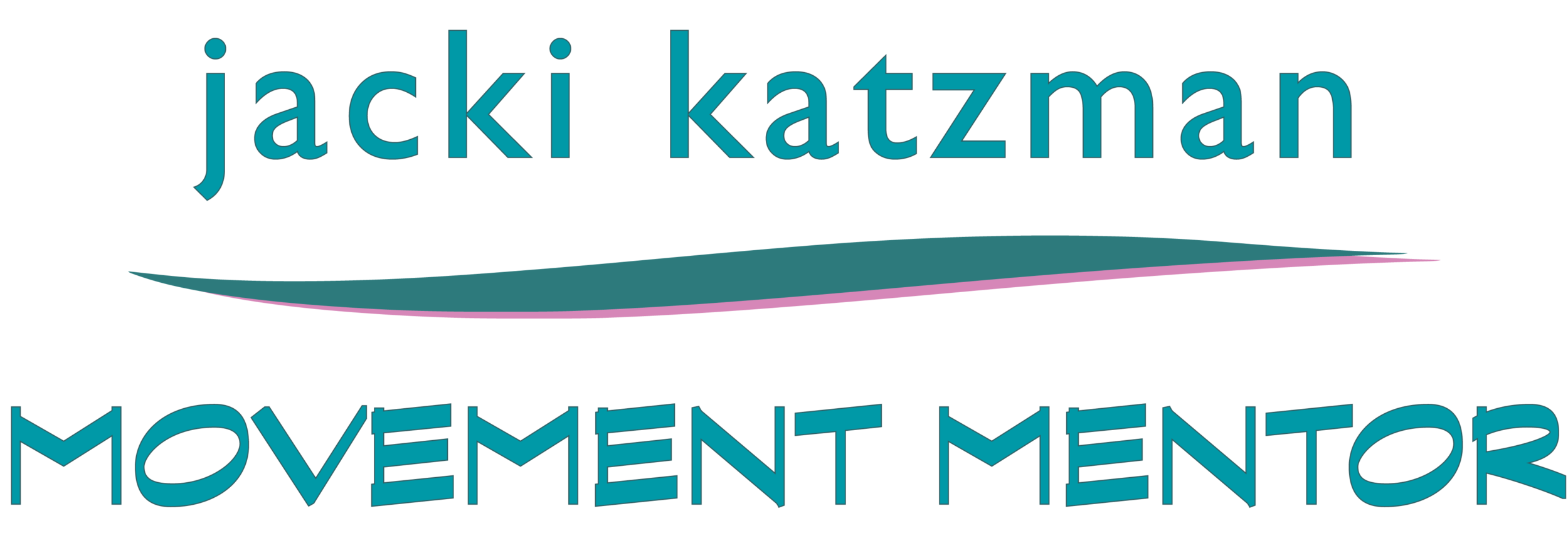Back On Our Feet - 2 - Rocking Feet, Rolling Ankles Equal Balance
Back On Our Feet - 2 - Rocking Feet, Rolling Ankles Equal Balance
A simple approach to discovering the ankle’s power and complexity
A variation of “The Sides of the Feet - AY 433”
Flexible ankles are the key to balance on uneven surfaces without twisting a knee.
Rolling the sides of the feet inward and outward is one way to get at the ankles’ Subtalar joint. This joint glides side to side, though not in a straight horizontal line. The inward glide, pronation, is the tendency for the ankle to drop and the arch to flatten - aggravating the inner knee. Many runners know way too much about that. Rolling the ankle outward can help create a solid connection from foot to hip - as in standing asansa - but too much rolling outwards stresses the ankle and asks the outer toes to do the supportive work of the big toe.
The Subtalar joing allows the ankle to glide side to side, allowing the foot to balance without twisting the knees. Source: Rodale Seachreast
This lesson has so many possible applications - sports, balance, dance and creative movement - it’s hard to focus on just one. Thus, Giant Slalom and Cirque du Soleil on the same page. But that is a tribute to the exquisite function of the ankle’s subtalar joint, and the structure of the bones in the middle foot and heel.
This lesson can be read as a tutorial in knee protection, to learn to move the ankle without twisting the knee. It can also be read as a way to relax “fraidy-toes.” Or as an exploration of the foot’s arches. Or how the eyes direct the feet. Or how the ankles affect the alignment of the leg in the hip socket. And that’s all I’ve come up with so far…
We begin by shifting weight in the foot, breaking down what it takes to roll each foot to the outside edge, then the inside. Could be very different. There’s a Feldy fun interlude of rolling the feet side to side in coordination with the head.
Once the ankles and eyes are warmed and connected, we begin bending the knee out to the side - more and more - to feel the ankle’s relationship to the thigh, hip and torso. Having some external support for the knee is always appropriate. Remember, for the nervous system to allow learning, it has to be calm; no point bothering if you are scared or in pain.
On the surface, this lesson seems pretty simple and straightforward. It builds gradually and sequentially. Getting deeper in, though, it developmentally reveals the ankle’s amazing complexity, flexibility and support functions. Enjoy.
Set Up:
This is a supine - lying on the back - lesson. You might want to have a rolled towel or other support nearby. At points in the lesson, you may want to support the knee as it drops out to the side.
Alternatively, sit in a firm, flat-seated chair with thighs parallel to the floor. You might want a footstool to help keep the knees bent.
The foot’s real muscles are up in the calf and leg. Their tendons pull the foot from the top. Source: Rodale Seachrest
The ankle is angled. The inside ankle bone is higher. Rolling to the outside edge of the foot creates a different angle from rolling to the inside of the foot. Source: FineArtsTips
Science nerd candy: the videos recommended last week are so good, there’s almost nowhere else to go. Take another look, please, at these different approaches to the feet - artistic and scientific:
How to Draw Feet with Structure – Foot Bone Anatomy: Proko (12:07) An artist’s view of the foot as a design problem,: form, proportion, and mobility of the individual bones. Fun, factual, functional.
Foot Anatomy Animated Tutorial: Randale Sechrest (8:00) Starts at 0:30 – Anatomical review of major bones, tendons, ligaments and nerves. Comprehensive, classic science. An excellent description of the ankle joints at about
Anatomy Quick Tips: Feet: Sinix Design (10:43) An artist’s presentation on drawing lifelike feet based on anatomy.
How to Draw Feet From Any Angle Easily: Fine Art-Tips (8:16). Leonardo Pereznieto draws feet from many perspectives. Beautiful line drawings.
The Voice-O-Meter choices this week are many. In the Traditional Chinese Medicine map of the body, the feet are the terminal points for several meridians:
Kidney - Choooo - releasing cold, fear, contraction
Spleen - Hawww - releasing anxiety
Liver - SHHHH. - releasing anger
How You Might Feel After This Lesson: Tuned into the support function of the outer edge of the foot; Alert to how pronation feels - and if you might benefit from arch supports; Able to keep knees stable and quiet while the ankles glide; Clearer on how the ankle affects the arches of the foot; Sensitive to balance within each foot and between feet; Grounded, grounded, grounded; Graceful as you shift weight across the foot; Sharper turns on skis, skates, snowboards, water skis; Stronger push on bike pedals, golf swings; Increased appreciation for slackliners and tight rope walkers; Awe at the complexity and flexibility of ankles!; Regal posture and cat walk poise.
BY ZOOM New Students: Register here





